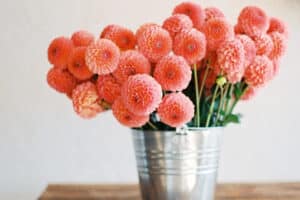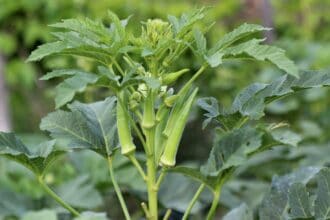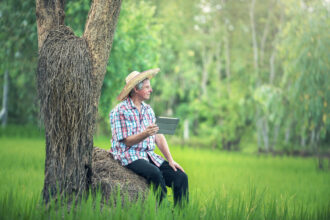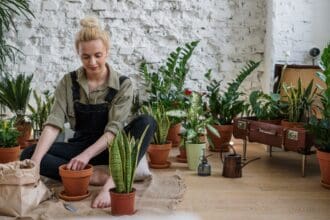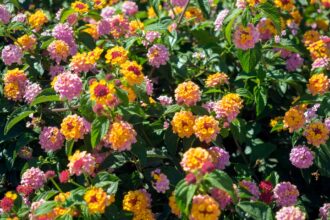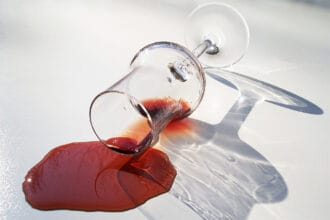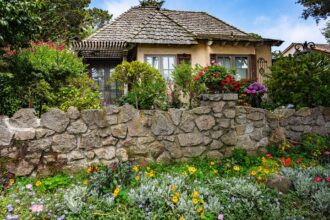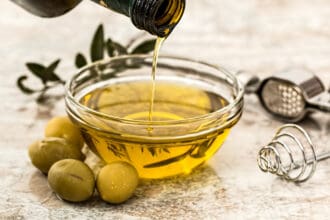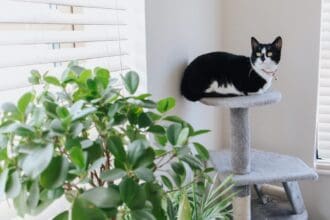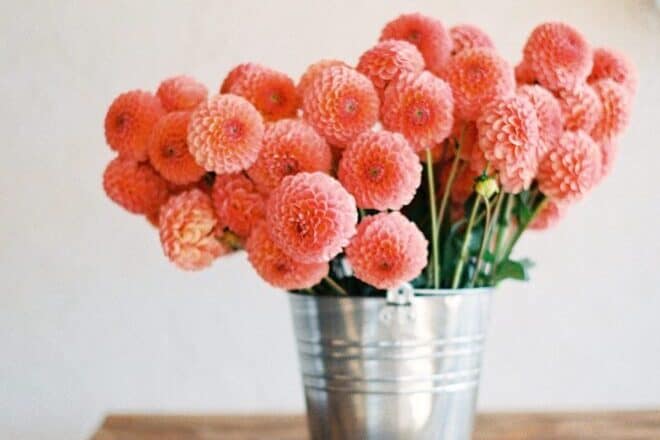
via: Pexels / Polina Kholodova
Do you want to learn how to plant dahlia tubers? This post is just for you.
I've received great reviews on my posts about being a successful home gardener, so I know that you'll enjoy this guide on how to grow dahlias and spice up your home garden. Growing dahlias from seed is easy when you know all the right tricks.
Let's get started!
Contents
What Are Dahlia Tubers?
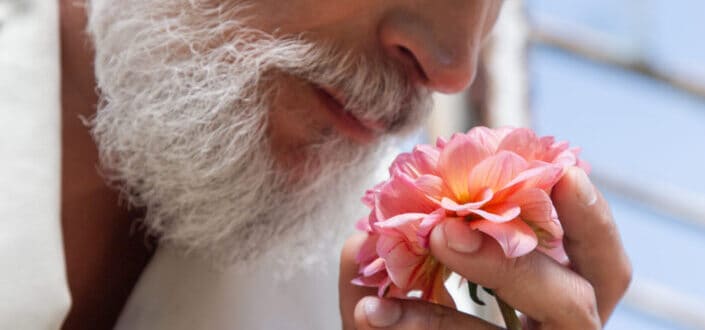
via: Pexels / cottonbro
The dahlia tuber is the tuberous root of a dahlia plant. It is a starchy body that contains food, water, and nutrition for a dahlia plant to grow until it establishes a root system that provides food for the plant. During the spring, Dahlias produce them, and they usually mature by the end of the growing season.
You may keep them in the ground longer and only dig them up until the top growth dies back or is killed by the first hard frost. This helps them mature better and allows you to keep them longer in storage.
Types of Dahlia
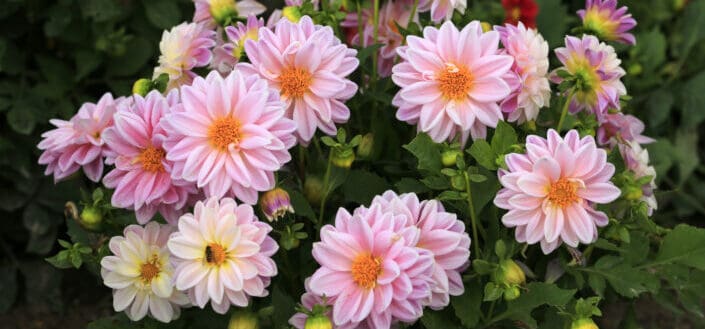
via: Pexels / Jeffry Surianto
I'm sure you've probably heard of the dahlia plant before. However, I bet you didn't know that there are all kinds of dahlias that you can have in your garden.
>
Dahlia Pianella
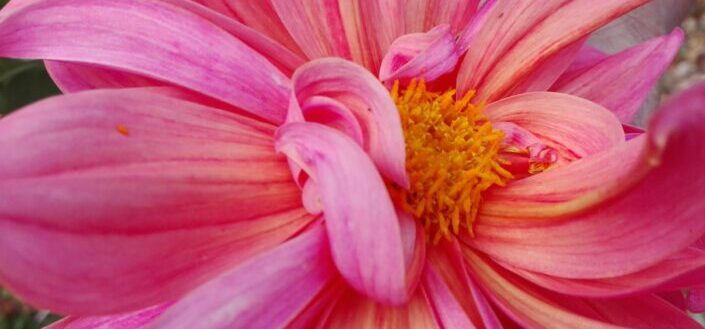
via: Pexels / shya SMJO
Want a vibrant pink flower plant in your garden? This type of dahlia bloom has tightly rolled pink petals with white tips. They are quite tall, so they make great bedding displays or herbaceous borders that fill in gaps that appear as other plants go to seed.
These dahlia plants grow best in fertile, well-drained soil under full sun. Stake them from June onwards. Regularly provide potash-rich fertilizer to prolong flowering. Lift tubers after the first frosts and store them in a cool, dry place until March. You can then pot them up and keep them in a warm greenhouse before planting out in late May.
Dahlia 'Magenta Star'
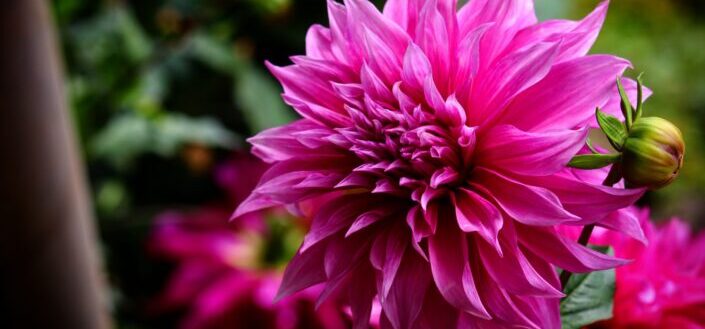
via: Pexels / K U N A L
The Magenta Star is a medium-tall dahlia with a vivid magenta-pink flower and a narrow red ring around the dark red disc. It's a unique flower that I bet you'd love to have in your garden. These dahlia bulbs bloom massively from July until frost.
Take cuttings from tubers that have started to grow in a greenhouse or frame from late winter onwards. When the young growths are 3 inches long, cut them from the tuber with a sharp knife. Make sure to leave a stump for new growth to form.
Dahlia 'Moor Place'
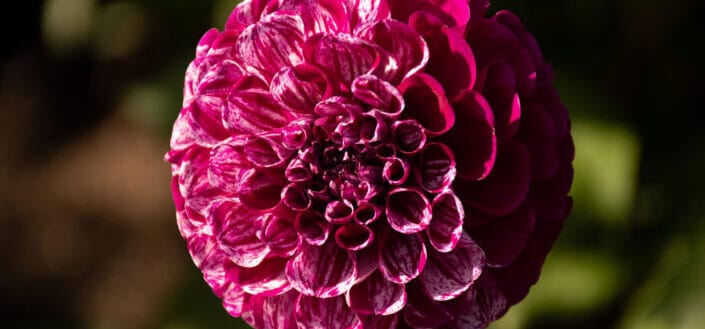
via: Pexels / KELLY LEONARD
This dahlia flower has a unique shape from other flowers. It has miniature, deep maroon, ball-shaped flowers with long, strong stems. Its best planting time is during late May under full sun. Make sure to space them 12-18" apart from each other, so they have ample area to grow. Just keep your pets out of the garden because these plants have been reported to be toxic to them.
Dahlia 'Kevin Floodlight'
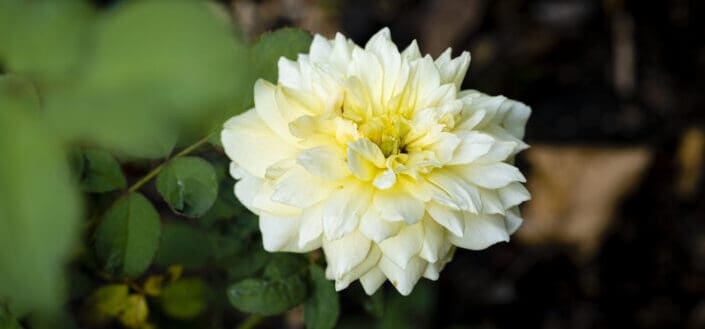
via: Pexels / Tiểu Bảo Trương
Kevin Floodlight dahlias are also called dinnerplate dahlias because of their huge and magnificent blossoms with bright and sunny petals. This flower form can grow up to 10-12 inches big. They remain upright, despite their large flowers. This dahlia variety blooms massively from midsummer to late summer.
Sometimes, they grow until the frost. These plants love sunlight and need consistent moisture. Keep that in mind if you're growing dinnerplate dahlias.
How To Plant Dahlia Tubers - 4 Important Things To Remember
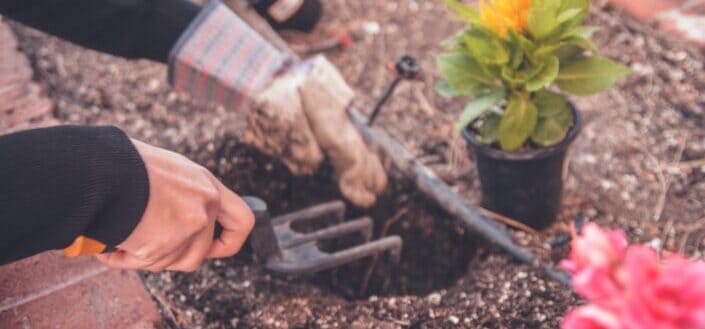
via: Unsplash / Kenny Eliason
At first glance, first-time gardeners may find Dahlia tubers intimidating, but these tuberous roots are pretty easy to grow.
1. Handling Dahlia Tubers
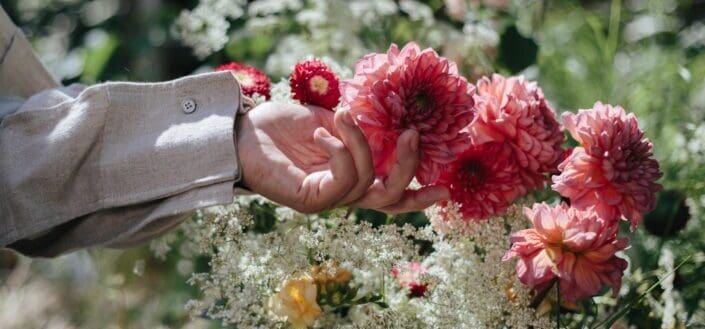
via: Pexels / Cottonbro
As tough as they look, Dahlia tubers grow delicate and easily damaged stems or "necks." To avoid this, I recommend using a garden fork or a spade to loosen the soil around the entire plant while gently pulling the tubers from the ground. And be careful not to cut or skin them as any damage can attract disease organisms that may cause rotting.
2. Planting Requirements
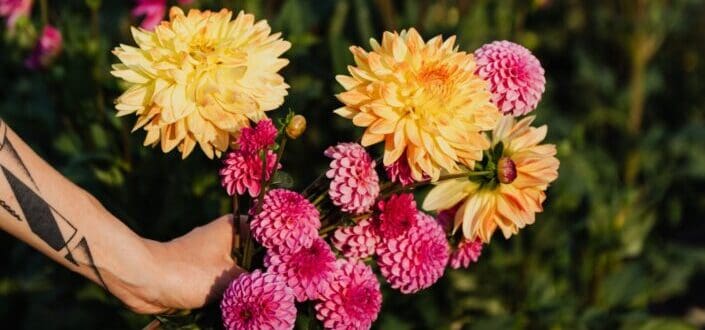
via: Pexels / Karolina
Dahlia tubers are best planted during the onset of spring, and they love the sun so make sure to plant them in a location where they can receive full sun at least eight hours a day. If you live in warm zones, find a spot where they can get morning sun and afternoon shade. Another thing, Dhalia tubers grow best in well-drained, sandy soil with a pH level of about 6.5 to 7.
Keep the soil temperature at 60 degrees Fahrenheit for best results.
3. Growing Dahlias in Pots

via: Pexels / Julia Volk
Since dahlia plant tubers are prone to rot, a potting mix that consists of a nice loose blend of organic matter such as fine bark, vermiculite, peat, and perlite. Also, you should make sure that your potting soil doesn't have any clay in it.
I usually don't recommend planting these tubers in pots but if it's your only option, make sure your pot is at least 15 inches wide and 15 inches deep. And make sure to water them frequently but not too much as this can cause the tubers to rot. Regularly fertilizing your soil will ensure that your Dahlia tubers produce beautiful dahlia flowers throughout the season.
4. Winter Storage
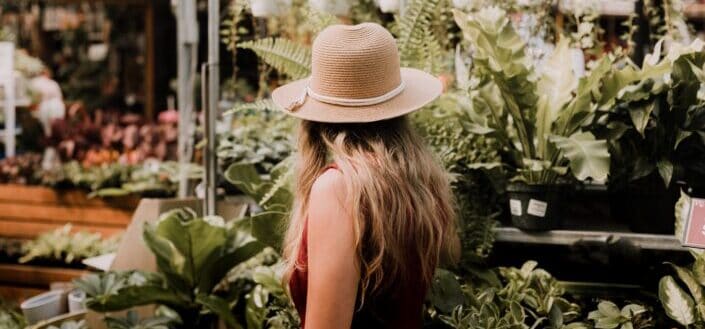
via: Unsplash / Pricilla Du Preez
The key to successfully storing the rooted cuttings for the winter is making sure they stay dry, have good air circulation, and are in a cool, dark spot. You have many options as to where to store the place tubers. You can use milk crates, plastic bins, paper bags, and even cardboard boxes.
Pro-tip: pack them in peat moss so they can drain well.
Just make sure you've got enough space left between each tuber. Storing your tubers in a moisture-prone area is not good, so place them in a cool, dry, and dark space that won't freeze. It can be an unheated basement, attic, closet, or utility room.
5. Common Pests and Diseases
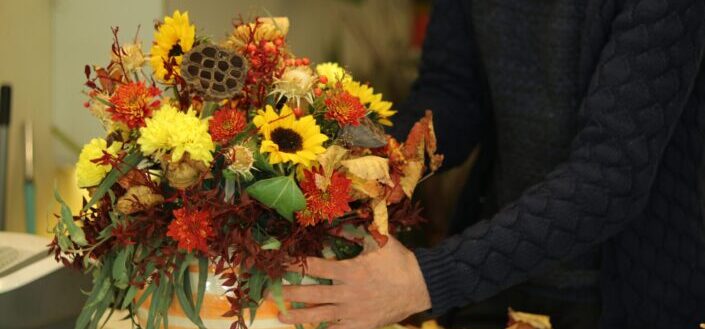
via: Pexels / Alireza Khorshidi
If you notice a white powdery substance on your dahlia bulbs and plants, you might be experiencing powdery mildew. Because of high humidity, fungi can cause powdery mildew in ornamental plants. Outbreaks are common in the spring and fall due to varying temperatures.
This invasive fungus is also a common issue in greenhouses, where it infects healthy plants by colonizing the surface of the leaves. Like caterpillars, mites, and leafhoppers, Pests are also common problems in dahlia plants.
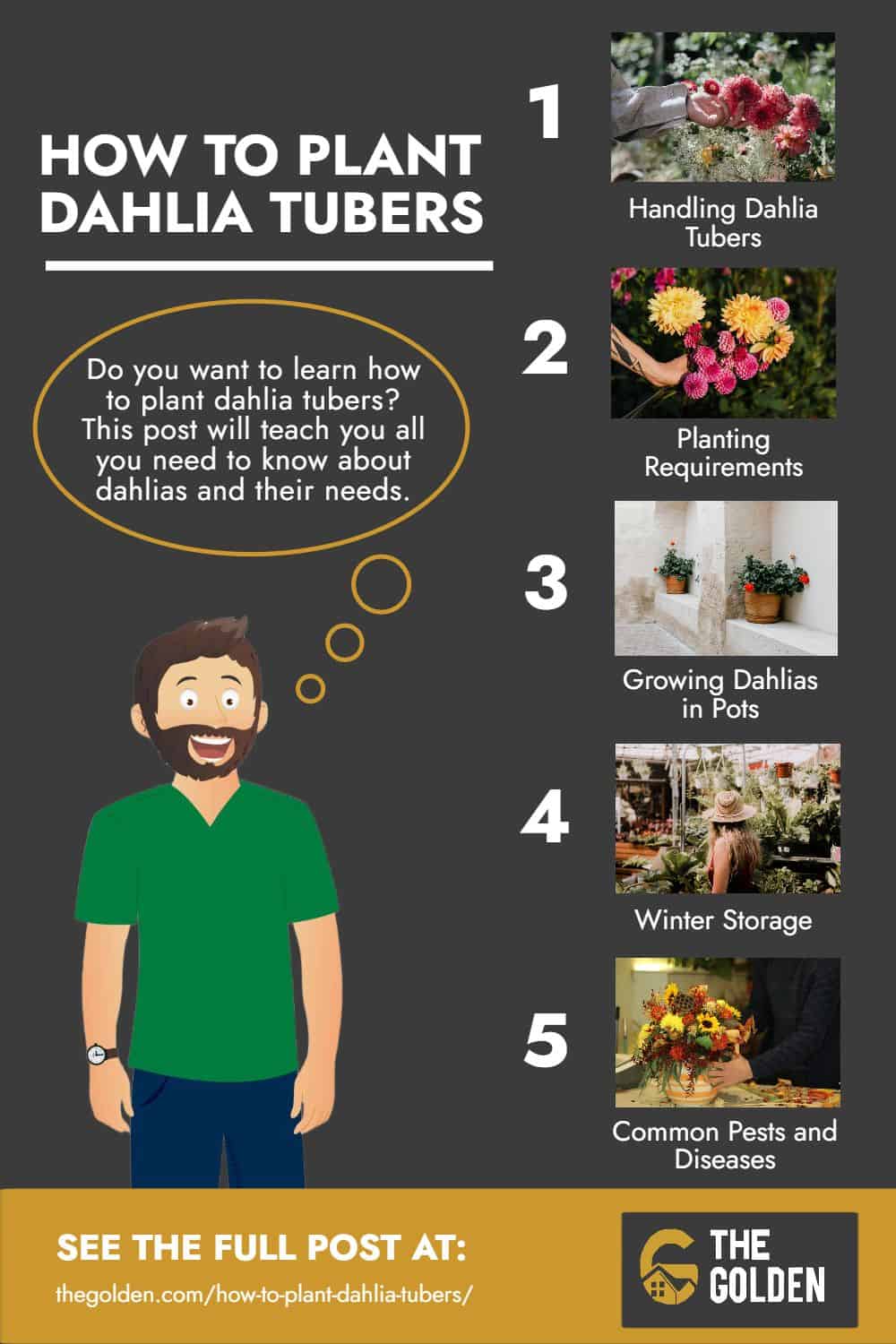
via: The Golden
Share This Image On Your Site
How To Keep Your Dahlias Pest Free - 3 Tips
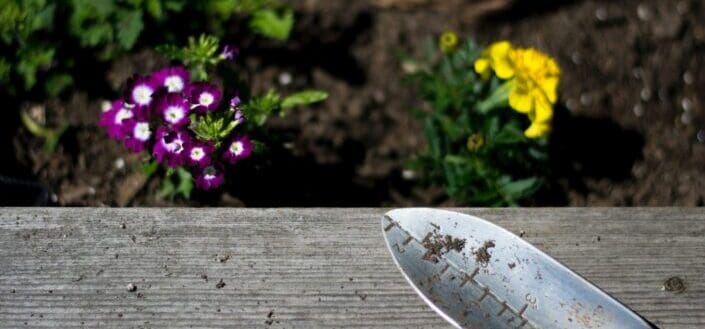
via: Unsplash / Donna G
It must be overwhelming to have all of these instructions to plant dahlias. That's why we've got some useful growing tips that can help you successfully plant these amazing dahlias and make your garden the most beautiful it can be.
>
Tip #1: Choose a safe growing zone.
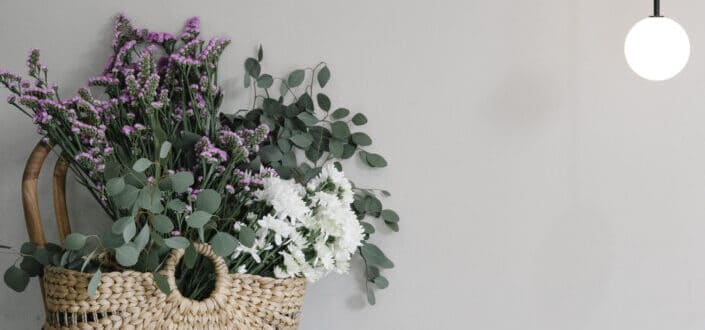
via: Pexels / Angela Roma
Location is one of the most important things to consider when keeping your plants safe from pests. Keep them away from areas that can be nesting grounds for pests. Keep dahlia beds clear of leaves and other plant debris, which provide hiding places for slugs, snails, earwigs, and other pests.
Tip #2: Keep your plant clean.
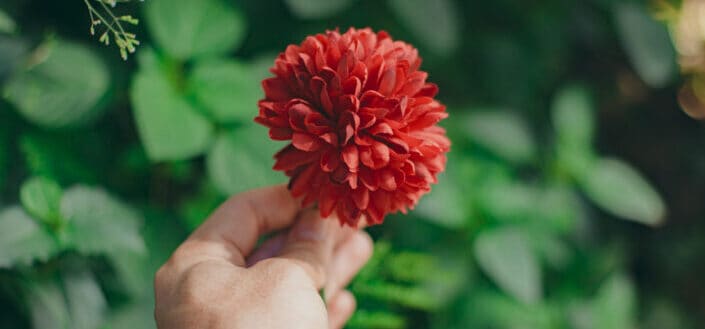
via: Pexels / Nothing Ahead
Large pests like slugs and caterpillars are easy to remove by hand. Remove the pests and drop them in a bucket of soapy water. Do this in the evenings and early mornings, because they're more active. Use a flashlight, and wear gloves to protect your hands.
Limit mulch depth to no more than 3 inches (8 cm.), especially if you notice silvery slug and snail trails. Keep weeds pulled in the area around your dahlias. Prune any damaged plant parts.
Tip #3: Give them organic stuff.
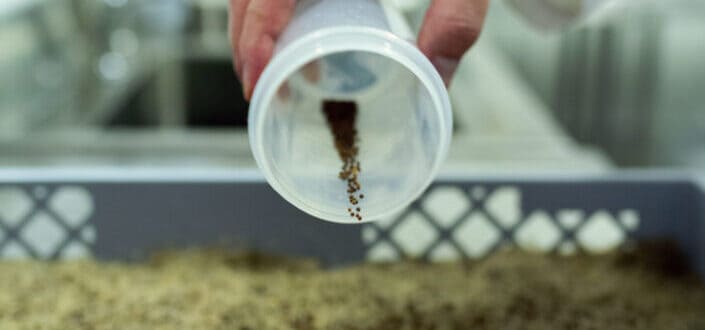
via: Pexels / ThisIsEngineering
Dahlias need more fertilizer than most other flowering plants you might have in your garden. Dahlias are heavy feeders, so they need you to supply them with a steady fertilizer throughout the flowering season. Dahlias prefer a fertilizer somewhat low in nitrogen, such as a product with a ratio of 6-24-24.
You can also include coffee grounds in your fertilizer. Your plants will thank you for it.
As for the pests, you'll need a repellant that works and won't hurt your plant in the process. Instead of using chemical-concentrated pesticides, use slug pellets instead. Sluggo Plus pellets are great for ensuring that pests get away from your precious dahlias.
Frequently Asked Questions
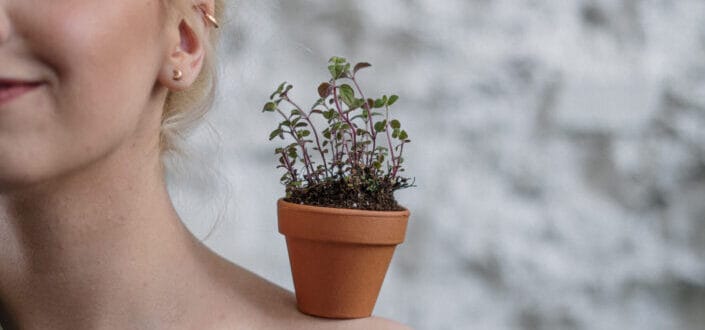
via: Pexels / cottonbro
Do you have more queries you need to be answered before you cut flowers and store your tubers? After reading these frequently asked questions, not a single tuber will go to waste. Here is a few more information about dahlia tubers you may need:
What time of the year should I plant Dahlias outside?
For most gardeners, it's best to give plants a head start in containers while soil warms up outside - reaching at least 60 degrees F. Generally, you'll plant dahlias outside around the same time you plant tomatoes.
If that's not until late May or early June, where you live, plant them indoors 4-6 weeks before your last frost date. In containers, lay tubers on their sides with the stems up and cover with 2 inches of soil. Wait until you see new growth breaking through to the water.
When do Dahlias start to sprout?
When you are planting dahlia tubers, you may or may not see a sprout. Often, the tubers don't sprout until they have been in the ground (or in a pot) for 4 to 6 weeks. When planted early in the season, it takes tubers longer to come out of dormancy, and the weather is cool.
Sprouting happens more quickly when planting late and the soil is already warm.
In what part of the world are dahlias native?
The dahlia is one of the most spectacular blooming plants now found in gardens worldwide. Dahlias are native to the higher elevations of Mexico and Central America.
Should I soak tubers before planting?
It is not necessary to soak dahlia tubers before planting. However, some gardeners choose to wash them to rehydrate them after storage and to speed up the growing process. Soaking your dahlia tubers before starting them in pots will stimulate them to develop more quickly, which means they'll be ready to flower sooner.
Soak tubers in a bucket of lukewarm water for an hour before planting to rehydrate them properly.
More Interesting Plant Guide Articles
I know you're probably still looking for some more helpful articles that can make you a successful home gardener. These plant guide articles will make you a gardening expert in no time:
Conclusion
Didn't I tell you that you'll learn how to plant dahlia tubers at the end of this article?
Now that you know how to grow dahlias, you'll have a beautiful bed of fresh and healthy dahlia plants in your home garden. When I said that growing dahlias from seed is easy, I meant that you'd understand our tips quickly and efficiently. You can even share this guide with your friends and help them make dahlia plant beds in their gardens. Good luck!


